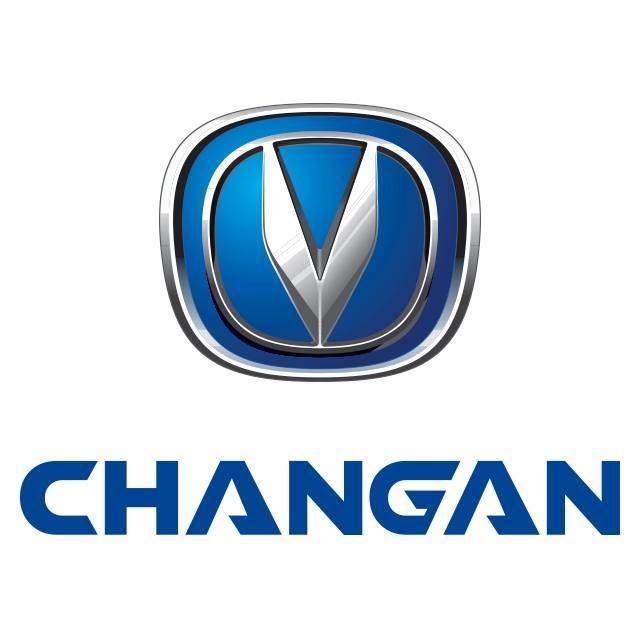Chinese automaker Changan Automobile stated Tuesday that it will start mass production of a passenger vehicle with “conditional” self-driving capabilities from this month.
The Chinese government divides autonomous technology into six levels from 0 to 5, which are same as the standards set by the American Society of Automotive Engineers (SAE). Conditional driving automation describes the Level 3 technology, which permits a vehicle to drive itself only in certain environmental situations as long as a human can take manual control in the event of an emergency.
The mass-produced model, called the UNI-T, utilizes a sensing system made up of five millimeter-wave radars, 12 ultrasonic radars and six video cameras to form three-dimensional maps of the 360-degree environment of the automobile in real-time with a maximum detection radius reaching 200 meters and detection accuracy near to within 10 centimeters.
So far, cars geared up with Changan’s Level 3 self-driving system have traveled about 50 million kilometers in overall during test drives under over 10,000 road conditions, Changan president Zhu Huarong said.
Changan is one of the 11 automakers and tech companies, including Geely and BMW, which have been approved by the Chinese government to participate in the formation of new regulations about how to rate self-driving capabilities, which will take effect January 1, 2021.
In China, traditional automakers and tech companies are scrambling to develop driverless cars. On Monday, search engine giant Baidu broke ground on its 1 billion yuan ($142 million) open-testing base for autonomous vehicles powered by Level 4 technology in the Chinese city of Chongqing in what it refers the first in the nation. Last year, 52 autonomous automobiles belonging to Baidu logged 754,000 kilometers during road tests in Beijing, representing about 85% of the total distances driven by self-driving cars owned by 12 licensed companies including Tencent, Didi and Nio.
Last month, China’s National Development and Reform Commission (NDRC) and some other government agencies released an autonomous vehicle development plan, setting a goal for 2025, by which time the nation should experience mass production of vehicles featuring “conditional” self-driving capabilities.


